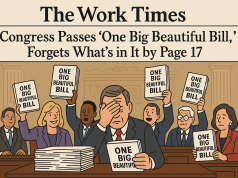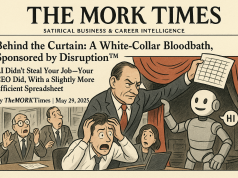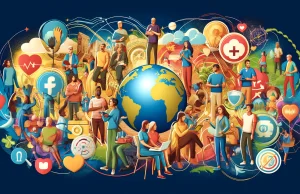The modern workplace is a tapestry of age groups. As Baby Boomers extend their careers and Gen Z steps into their professional roles, businesses are encountering unprecedented generational diversity. This blend of ages can bring valuable experiences and perspectives to the workplace but also presents challenges in fostering understanding and cooperation among those who have grown up in different eras with varying cultural norms, work ethics, and communication preferences. It’s essential for employers to devise strategies that promote multigenerational harmony to capitalize on the strengths these differences can bring to the workforce.
Creating a cohesive multigenerational workplace involves recognizing and addressing the unique attributes of each generation. From the seasoned expertise of Baby Boomers to the tech-savvy ingenuity of Millennials and Gen Z, every age group has something special to contribute.
One effective way to encourage mutual respect and learning is through mentorship programs. These can be two-way streets: traditional mentorship allows older, more experienced workers to pass down knowledge to younger counterparts, while reverse mentorship can help senior employees stay abreast of new technologies and contemporary trends introduced by younger colleagues. Pairing employees from different generations can lead to knowledge sharing that is mutually beneficial and promotes a culture of lifelong learning.
Collaborative projects are another avenue to bridge generational gaps. When teams incorporate a diverse age range, the fusion of varied skills can lead to innovative solutions. Diversity in problem-solving approaches often results in more robust outcomes, and working closely together allows team members to understand and appreciate the unique strengths each age group brings to the table.
Communication styles often vary between generations, and tailoring communication to suit different preferences can be key in creating an inclusive work environment. While Baby Boomers and Gen X may prefer direct, face-to-face communication or emails, younger generations might lean towards instant messaging and collaborative digital platforms. It’s crucial for an organization to establish a communication matrix that respects these preferences while also encouraging cross-generational adaptation.
Some businesses have already set an exemplary path towards creating this balance. For instance, a tech firm may use ‘Lunch and Learn’ sessions where employees of different generations share their expertise over a casual meal, simultaneously fostering camaraderie and knowledge exchange.
To sum up, a multigenerational workplace is not without its challenges, but the rewards of successfully integrating such a diverse group can result in a more dynamic, innovative, and productive organization. By embracing mentorship, encouraging collaboration, and adapting communication strategies, employers can create a work environment that not only acknowledges generational differences but celebrates and leverages them for the company’s collective success.

























